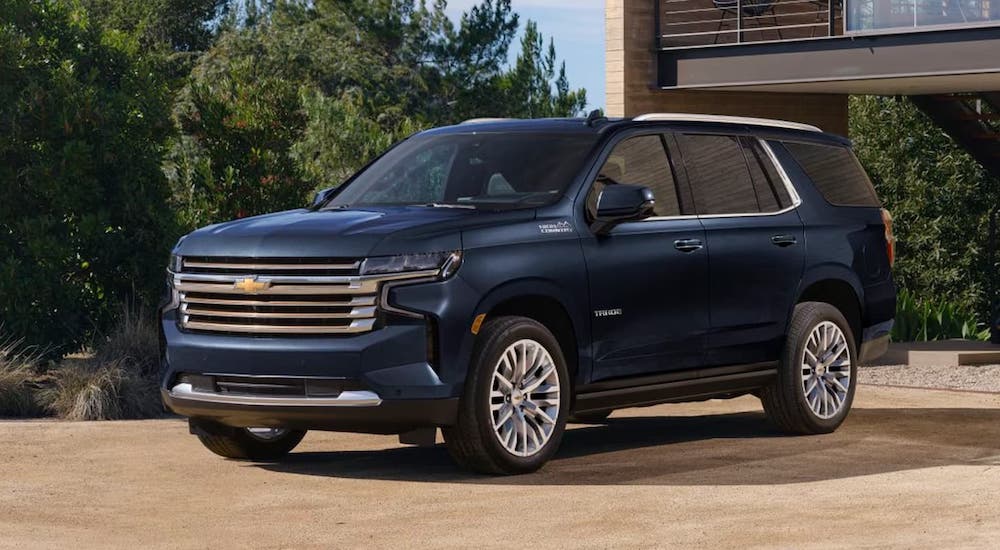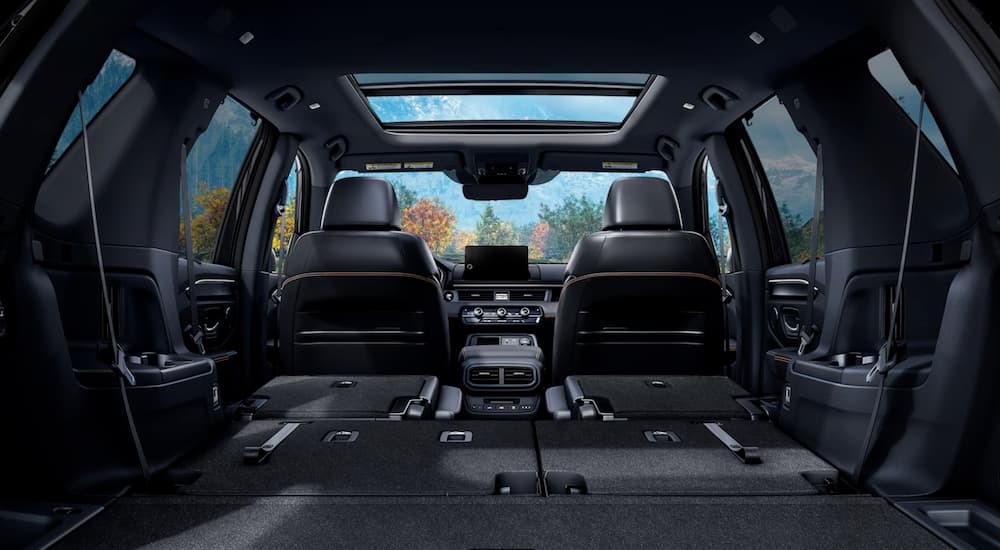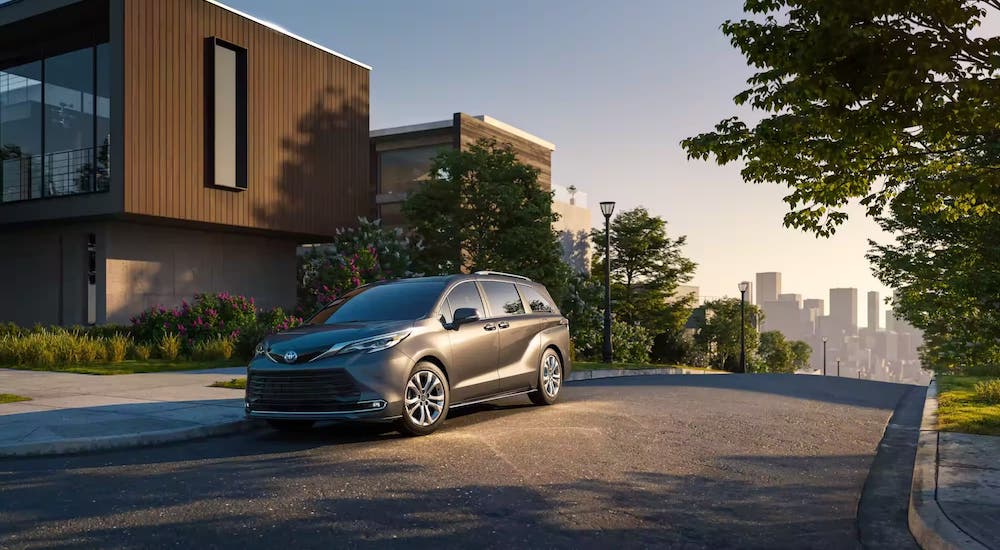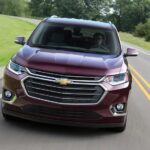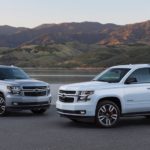Minivans were once the most popular family vehicle on the road. These pint-sized vans offer roomy interiors, plenty of seats, and easy access for kids and their grandparents. But over time, moms and dads started moving away from minivans, switching their allegiance to SUVs. These more rugged vehicles provide higher ground clearance and a roomy interior. As automakers began to add a third row to their midsize and full-size SUVs, the move away from minivans increased to a point where there aren’t as many brands with a minivan option as there used to be. This has left most families on a budget looking for used SUVs for sale, since the choices of minivans are limited.
Still, there are minivans out there for drivers who want them. If you are a family driver, you will need to understand the differences between SUVs and minivans so you can find the right model for you. While the two types of vehicles have much in common, there are clear differences that favor one or the other. This will help you determine which one is best for your lifestyle.
Available Models
There are more options and choices with SUVs than minivans. SUVs range from subcompact and compact models that are great daily drivers, to midsize and full-size models that are ideal for large families. Whether you are looking at a used crossover like a Chevy Equinox or a Toyota RAV4, or a big SUV like a Chevy Tahoe or Nissan Pathfinder, your choices are practically endless. If I listed every available SUV on the used market, it would take up this entire article.
In contrast, there are very few minivans on the used market today. Where once this model was ubiquitous, today you are going to be looking at a small number of options. The most popular remaining minivans are the Honda Odyssey, Chrysler Pacifica, and the Toyota Sienna. Kia recently introduced the Carnival but purposely called it an MPV, which stands for multi-purpose vehicle. Kia clearly didn’t want to have its new model tagged as a minivan, even though it effectively qualifies as one.
Interior Space
Minivans generally have more interior space than SUVs. This is because they are built lower to the ground with a fully open interior. As a result, you can easily fit up to eight passengers in a used Toyota Sienna. Meanwhile, if you want to seat that many passengers, you will need to get a three-row SUV like a Honda Pilot or Hyundai Palisade. Even then, some three-row SUVs like the Ford Explorer will only accommodate up to seven passengers. SUVs have more traditional seating rows, like sedans, rather than seating that easily enables access to the third row like most minivans have.
This also carries over to issues like configurability. Most minivans have fold-flat seats, which you’ll find on the Honda Odyssey, among others. This makes it easy to convert your minivan into a cargo carrier. For example, the 2020 Odyssey has up to 145 cu.ft. of cargo space with the second and third rows folded down. Folding the seats down in a midsize three-row SUV like a 2020 Chevy Traverse will only give you 98 cubic feet of space. SUV seats tend to fold down, but not flat, taking up more space than in a minivan and providing an uneven floor in the cargo area. To get comparable available cargo space to a minivan, you would have to choose a full-size SUV like a Chevy Suburban.
When it comes to accessibility, it is much easier to get into and out of a minivan than an SUV. Minivans are lower to the ground than most SUVs making it more like getting into a sedan. Meanwhile, many larger SUVs feature running boards to make it easier to enter and exit the vehicle. Also, most minivans feature a sliding rear door or two. This yields a wider opening to the second and third rows of the minivan’s passenger compartment than the traditional doors found on SUVs.
Fuel Economy
For most family drivers looking at used vehicles, finding one with solid fuel economy can be a major issue. Each time you fill up the tank, money has to come out of the family budget. Fortunately, most minivans and SUVs provide you with the kind of fuel economy that you need to save a few dollars. For example, a 2020 Toyota Sienna can give you up to 21 miles per gallon in combined fuel economy. This is comparable to the 22 miles per gallon that you will find in a used 2020 Hyundai Palisade. However, some three-row SUV models like the 2021 Ford Explorer will provide up to 25 miles per gallon, while most compact and subcompact SUVs will go far beyond that. When it comes to fuel economy, you can trade space for gas mileage in an SUV, which is not really an option in a minivan.
Handling and Drivability
In general, most drivers are going to find SUVs easier to handle than minivans for several different reasons. First, SUVs ride higher than minivans. This improves visibility, especially when driving on highways. The higher vantage point that SUVs provide gives you a better view down the road than you will find when driving a minivan.
Similar to this is the fact that most SUVs give you higher ground clearance. This not only allows you to traverse obstacles more easily than in a minivan, but it also will come in handy if you live in an area with a temperate climate. You are going to find that a used minivan does not handle as well as most used SUVs when it comes to getting through snow. That higher ground clearance of the SUV may be the difference between getting to work or not on a snowy winter day.
Most SUVs handle better than minivans for another critical reason. There are more used SUVs available with four-wheel and all-wheel drive than there are used minivans with this feature. All-wheel drive channels torque to each of the vehicle’s four wheels, providing better traction. Four-wheel drive uses a transfer case to send the same level of torque to each wheel, which can come in handy both on and off the road. The bottom line is that if you have extreme weather in your part of the country, you are going to want a vehicle with all-wheel or four-wheel drive. This will reduce spinouts and wheel slippage, which can improve your chances of avoiding an accident on a day with inclement weather. You are going to find it hard to locate an all-wheel drive minivan on the used market. This is something that won’t happen when you are looking for a used SUV.
Towing Capability
While this is not a major concern for most family drivers, there are a number of folks who are looking to use their vehicles to tow trailers, boats, and other leisure items. If this is you, then you are probably best served by choosing an SUV. Their design allows for better weight distribution, while their larger gross vehicle weight than minivans provides for increased towing capacity.
Full-size SUVs will give you towing capability that is comparable to many midsize pickup trucks, in part because they sometimes share the same platform. For example, a 2021 Chevy Tahoe can tow over 8,000 pounds. Even a midsize three-row SUV like a used 2020 Chevy Traverse can tow 5,000 pounds. This is far more capability than you will find in a used minivan like a 2020 Chrysler Pacifica, which can only tow 3,600 pounds. This difference in capability could be a big factor if you are someone who likes to go camping with your family.
Choosing the Right Used Model for You
Like most things, deciding between a used minivan and a used SUV is a personal decision. No two family drivers are exactly alike. If you are looking for the most space and accessibility, then a minivan will be the right choice. However, if you want to take handling, drivability, and towing into consideration, then it might make sense for you to choose a used SUV. Whichever you decide, it is good to know that you are in the driver’s seat in making this decision.
